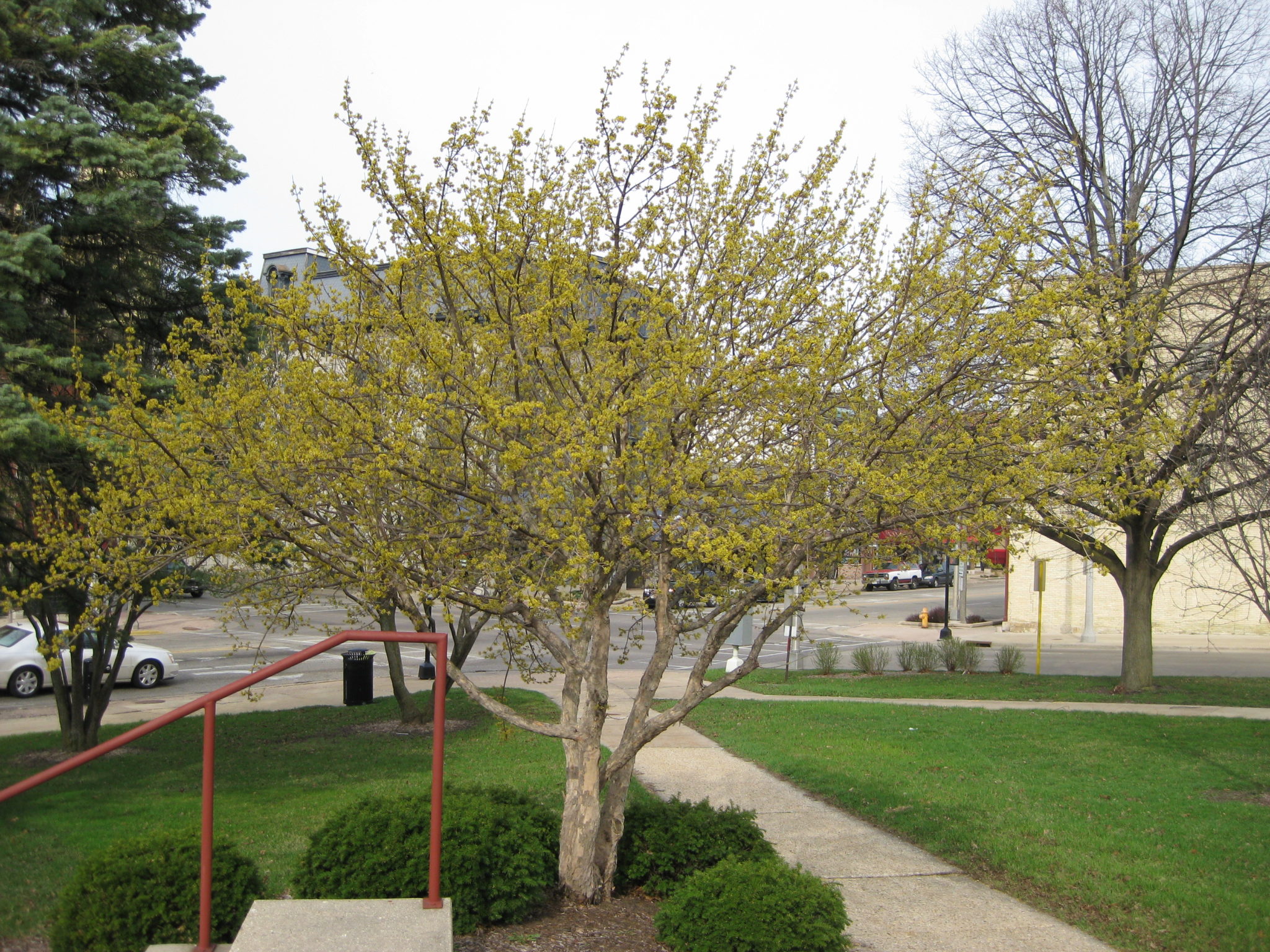

Most dogwood species have opposite leaves, while a few, such as Cornus alternifolia and C. A whippletree is also an element of the traction of a horse-drawn cart, linking the drawpole of the cart to the harnesses of the horses in file these items still bear the name of the tree from which they are commonly carved.Ĭherokee princess dogwood Description ĭogwoods have simple, untoothed leaves with the veins curving distinctively as they approach the leaf margins. Geoffrey Chaucer uses "whippletree" in The Canterbury Tales (" The Knight's Tale", verse 2065) to refer to the dogwood. Another, earlier name of the dogwood in English, is the "whipple-tree". Another theory advances the view that "dogwood" was derived from the Old English dagwood ( dagwood is a form which is unattested), from the use of the slender stems of its very hard wood for making sharp objects: "dags" (daggers, skewers, and arrows). Once the name dogwood was affixed to this kind of tree, it soon acquired a secondary name as the Hound's Tree, while the fruits came to be known as "dogberries" or "houndberries" (the latter a name also for the berries of black nightshade, alluding to Hecate's hounds). The name "dog-tree" entered the English vocabulary before 1548, becoming "dogwood" by 1614. Species include the common dogwood Cornus sanguinea of Eurasia, the widely cultivated flowering dogwood ( Cornus florida) of eastern North America, the Pacific dogwood Cornus nuttallii of western North America, the Kousa dogwood Cornus kousa of eastern Asia, and two low-growing boreal species, the Canadian and Eurasian dwarf cornels (or bunchberries), Cornus canadensis and Cornus suecica respectively.ĭepending on botanical interpretation, the dogwoods are variously divided into one to nine genera or subgenera a broadly inclusive genus Cornus is accepted here. The various species of dogwood are native throughout much of temperate and boreal Eurasia and North America, with China, Japan, and the southeastern United States being particularly rich in native species. Several species have small heads of inconspicuous flowers surrounded by an involucre of large, typically white petal-like bracts, while others have more open clusters of petal-bearing flowers. Most are deciduous trees or shrubs, but a few species are nearly herbaceous perennial subshrubs, and some species are evergreen. The Chicago Botanic Garden's collection includes almost 100 varieties of dogwood from 20 species (7 of which are native) and over 2,400 plants.Cornus is a genus of about 30–60 species of woody plants in the family Cornaceae, commonly known as dogwoods, which can generally be distinguished by their blossoms, berries, and distinctive bark.

The genus includes 45-60 species, divided into subgenera about which taxonomists disagree. The dominant display, however, varies among the species.ĭogwoods are native to cooler temperate areas of North America and Asia. Members of the genus Cornus, commonly known as dogwoods, are welcome in the home garden for their multi-season interest - be it flowers, fruit, foliage, and/or bark - and their range of forms from small trees to suckering shrubs.

The cornelian cherry dogwood is the first dogwood to flower and is one of the first plants to flower in the Midwest in early spring. The gray-brown to rich-brown exfoliating, flaky bark, is very attractive. Fall color can be reddish to purple, depending on the year. Bright red fruit that ripens in midsummer is edible but extremely tart. Small yellow flowers appear in March, and during a cool spring, they'll last for weeks.

It is available both as a single- or multi-stemmed plant and can be a nice specimen tree if its lower branches are pruned. Cornelian cherry dogwood offers some of the earliest spring flowers, vibrantly colored summer fruits, and exfoliating bark that adds rich visual interest to winter gardens.


 0 kommentar(er)
0 kommentar(er)
